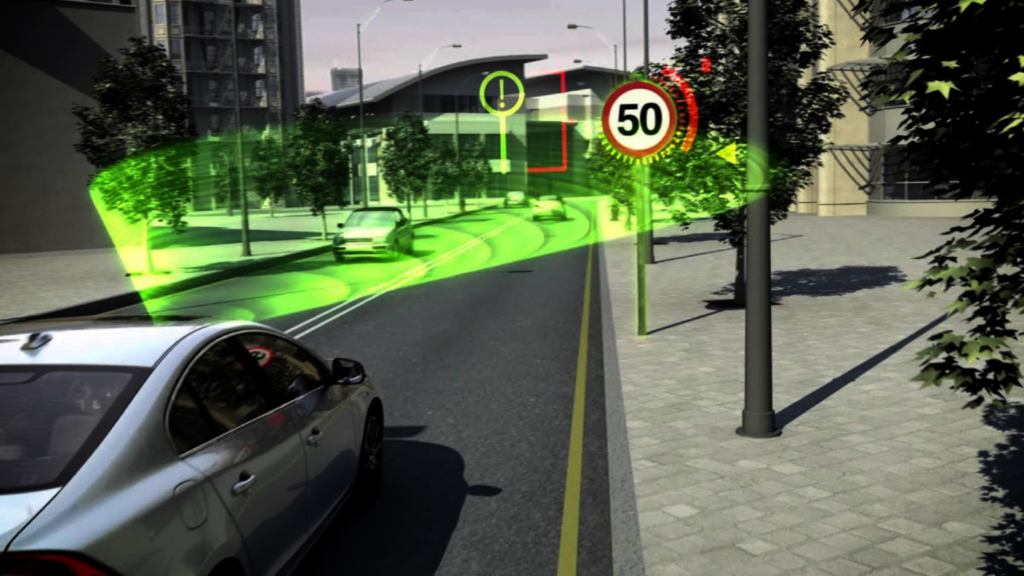
You are on a busy street in a big city. Cars, buses, signs to see where they can go safely. A big part of this busy scene is technology that helps detect traffic signs. For a long time, this area was dominated by powerful neural networks called deep learning. But now, a new era has started with a study written by researchers who think differently.
The research presents a clear and reliable method for detecting traffic signs. This is crucial, especially when considering the rapid growth of the Traffic Sign Recognition System market. According to a recent report, the global Traffic Sign Recognition System market is projected to grow significantly from 2023 to 2030, with major players like Daimler, Continental, and Mobileye leading the way. This growth underscores the importance of effective and accurate traffic sign recognition for the safety of self-driving cars and the broader transportation industry.
The researchers introduce a method called Inductive Logic Programming (ILP). They focus on the main features of traffic signs, like their shape, color, and text. Think of a detective, putting together clues to solve a case. The ILP works in a similar way, learning logical rules from just a few examples and some basic knowledge.
The study mentions two ILP systems, Metagol and Aleph. Metagol is like a smart student who understands concepts and rules from a few examples. Aleph, while good, is more like a hardworking student who needs more examples to get the same ideas.
The findings show the accuracy, precision, recall, and F1-score of both the ILP-based and DNN-based methods across different datasets and situations. For example, on a basic dataset, both methods did really well. But when faced with challenges like the RP2 dataset, the ILP method did great with a 100% score, even against tricky graffiti and art attacks. The DNNs, however, struggled a lot.
The study paints a clear picture. For instance, a stop sign is easy to recognize. But with some changes, like those from AdvCam or RP2, the DNN might see it as a barber shop or a speed limit sign. The ILP method, however, stays strong, recognizing it correctly every time.
The report explains the ILP method’s logic. For example, a sign is a stop sign if it has a word that looks like “stop”. The ILP method uses this kind of simple rule well. Metagol learns it from just one example. In contrast, Aleph needs at least eight examples to understand the same rule.
As the world moves towards self-driving cars and the Traffic Sign Recognition System market continues to grow, this research becomes increasingly vital. It not only highlights the importance of traffic sign detection but also showcases the potential of ILP in ensuring road safety in the coming years.

Our vision is to lead the way in the age of Artificial Intelligence, fostering innovation through cutting-edge research and modern solutions.